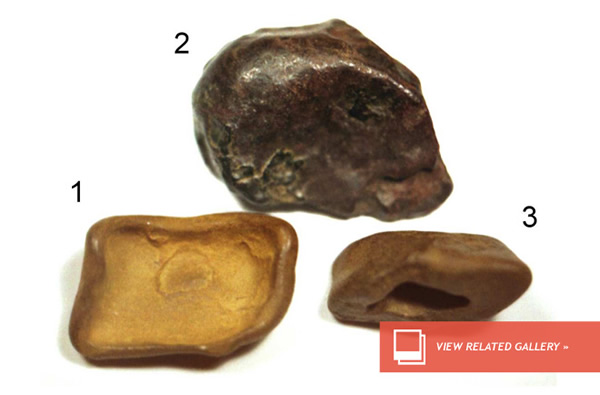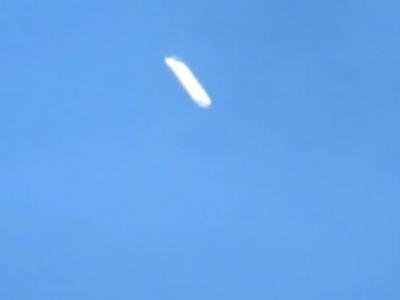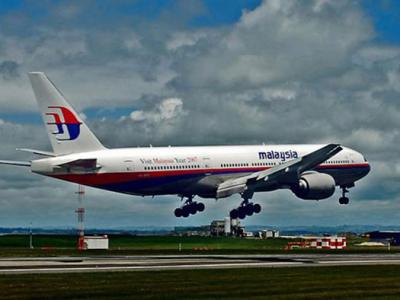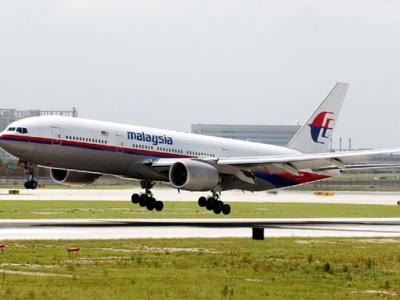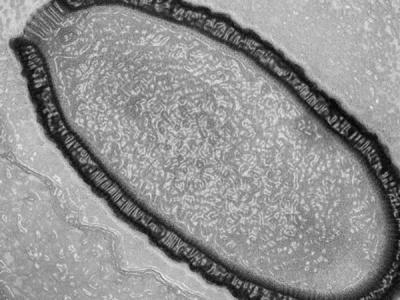Tunguska Mystery Solved By Three Tiny Stones?
In 1908, a huge explosion enveloped the skies over the Podkamennaya Tunguska River, Russia. It is a well-known atmospheric airburst that flattened 80 million trees over 2,150 square kilometers (830 sq mi) of forest and launched a thousand conspiracy theories, spawning the inspiration behind an alien-packed X-Files episode. Was it an asteroid? A comet? Or some kind of bizarre alien weapon designed to kill large numbers of squirrels?
Assuming the more rational explanations are most likely, the biggest conundrum facing scientists has been the lack of debris that should be scattered over the Tunguska region. But, according to a Russian scientist, he has found small pieces of rock that may have originated from the Tunguska fireball.
In 1988, Andrei E. Zlobin, of the Russian Academy of Sciences’ Vernadsky State Geological Museum, carried out an expedition of the remote Tunguska region. He dug ten exploratory holes into peat bogs but turned up empty handed, despite digging to depths of permafrost dated to 1908.
However, inspiration struck Zlobin. Why not look for meteorites in nature’s very own rock-sorting machine? While collecting small rocks from the Khushmo River’s sediment, he came across several fragments possibly from the Tunguska fireball. In total, 100 samples were collected.
Tunguska Mystery Solved By Three Tiny Stones?
“In 2008 the author sorted his collection of stones from the Khushmo River’s shoal and selected three stones with traces of melting, which were described and officially registered,” Zlobin writes in a paper published on the arXiv preprint service.
He noted that the three stones from the 100 samples — measuring between 20-30 millimeters — exhibit signs of atmospheric melting and surface structures that appear to be regmaglypts — indentations synonymous with meteorites, caused by vortices of hot atmospheric gas digging out small pockets of material. There also appear to be “shatter cones” in the mix, geological samples that exhibit signs of a huge impact.
One of the three meteorite candidates, a glassy sample Zlobin calls “Dental Crown,” contains bubbles and appears to have undergone plastic deformation — a factor, by Zlobin’s reckoning, that was caused by the immense temperatures produced in the atmosphere. Also, the presence of a glassy meteorite candidate (containing bubbles) appears to back-up a similar glassy sample recovered from Tunguska during the L. A. Kulik expedition in the 1930′s. That sample, however, has since been lost, making a direct comparison impossible.
The big question that the Tunguska mystery asks is whether the atmospheric fireball was caused by a cometary fragment or loosely-packed asteroid. Although Zlobin has turned up rocky samples, it does not necessarily conclude that the Tunguska event was caused by an asteroid.
“Possible discovering of stony meteorites not excludes a comet as main ice mass of the Tunguska impact,” writes Zlobin. “After quasi three-dimensional modeling the author has already demonstrated, that average density of the Tunguska space body was 0.6 g/cm3. This density of comet nucleus is in good correspondence to obtained density of Halley comet.” Therefore, by Zlobin’s reasoning, the meteorite samples may just as well be material from a comet.
Although interesting, several questions remain. As noted by the arXiv blog at MIT Technology Review, why did it take so long for Zlobin to analyze his samples? If the expedition took place in 1988, why were the three possible Tunguska meteorites identified in 2008? And why leave it until 2013 to publish?
By Zlobin’s admission, this is only a preliminary study and collaborative work is needed to further characterize the meteorite candidates. Also, isotopic analysis is obviously required to fingerprint the samples as true space rocks.
Although this is far from being a definitive study, Zlobin’s three meteorite candidates provide a tantalizing clue to the origin of the biggest extraterrestrial impact in modern history. Once further analysis is carried out, perhaps the Tunguska mystery can finally be laid to rest.(May 2, 2013 03:41 PM ET // by Ian O'Neill)
